42 labels or instructions wcag
› WAI › WCAG21How to Meet WCAG (Quickref Reference) - W3 This tool provides a customizable view of WCAG 2 resources: Web Content Accessibility Guidelines web standard — WCAG 2.1, WCAG 2.0; Techniques for WCAG 2 implementation guidance; Understanding WCAG 2 supporting information. Background on these resources is provided in the WCAG Overview and The WCAG 2 documents. › TR › mobile-accessibility-mappingMobile Accessibility: How WCAG 2.0 and Other W3C/WAI ... Feb 26, 2015 · Abstract. This document, “Mobile Accessibility: How WCAG 2.0 and Other W3C/WAI Guidelines Apply to Mobile” describes how the Web Content Accessibility Guidelines (WCAG) 2.0 [] and its principles, guidelines, and success criteria can be applied to mobile web content, mobile web apps, native apps, and hybrid apps using web components inside native apps.
› WAI › tutorialsForm Instructions | Web Accessibility Initiative (WAI) | W3C In addition to overall instructions, it is also important to provide relevant instructions within the labels of the form controls. For example, to indicate required input fields and data formats in the text of the labels. Providing instructions within labels. For simple use cases, providing instructions within labels may be sufficient.

Labels or instructions wcag
› WAI › WCAG21Understanding Success Criterion 3.3.2: Labels or Instructions Success Criterion 3.3.2 Labels or Instructions (Level A): Labels or instructions are provided when content requires user input. Intent. The intent of this Success Criterion is to have content authors present instructions or labels that identify the controls in a form so that users know what input data is expected. › TR › 2008Web Content Accessibility Guidelines (WCAG) 2.0 - W3 Dec 11, 2008 · Abstract. Web Content Accessibility Guidelines (WCAG) 2.0 covers a wide range of recommendations for making Web content more accessible. Following these guidelines will make content accessible to a wider range of people with disabilities, including blindness and low vision, deafness and hearing loss, learning disabilities, cognitive limitations, limited movement, speech disabilities ... › TR › WCAG21Web Content Accessibility Guidelines (WCAG) 2.1 - W3 Jun 05, 2018 · Web Content Accessibility Guidelines (WCAG) 2.1 covers a wide range of recommendations for making Web content more accessible. Following these guidelines will make content more accessible to a wider range of people with disabilities, including accommodations for blindness and low vision, deafness and hearing loss, limited movement, speech disabilities, photosensitivity, and combinations of ...
Labels or instructions wcag. webaim.org › standards › wcagWebAIM: WebAIM's WCAG 2 Checklist Feb 26, 2021 · Instructions do not rely upon shape, size, or visual location (e.g., "Click the square icon to continue" or "Instructions are in the right-hand column"). Instructions do not rely upon sound (e.g., "A beeping sound indicates you may continue."). 1.3.4 Orientation (WCAG 2.1 Level AA) › TR › WCAG21Web Content Accessibility Guidelines (WCAG) 2.1 - W3 Jun 05, 2018 · Web Content Accessibility Guidelines (WCAG) 2.1 covers a wide range of recommendations for making Web content more accessible. Following these guidelines will make content more accessible to a wider range of people with disabilities, including accommodations for blindness and low vision, deafness and hearing loss, limited movement, speech disabilities, photosensitivity, and combinations of ... › TR › 2008Web Content Accessibility Guidelines (WCAG) 2.0 - W3 Dec 11, 2008 · Abstract. Web Content Accessibility Guidelines (WCAG) 2.0 covers a wide range of recommendations for making Web content more accessible. Following these guidelines will make content accessible to a wider range of people with disabilities, including blindness and low vision, deafness and hearing loss, learning disabilities, cognitive limitations, limited movement, speech disabilities ... › WAI › WCAG21Understanding Success Criterion 3.3.2: Labels or Instructions Success Criterion 3.3.2 Labels or Instructions (Level A): Labels or instructions are provided when content requires user input. Intent. The intent of this Success Criterion is to have content authors present instructions or labels that identify the controls in a form so that users know what input data is expected.

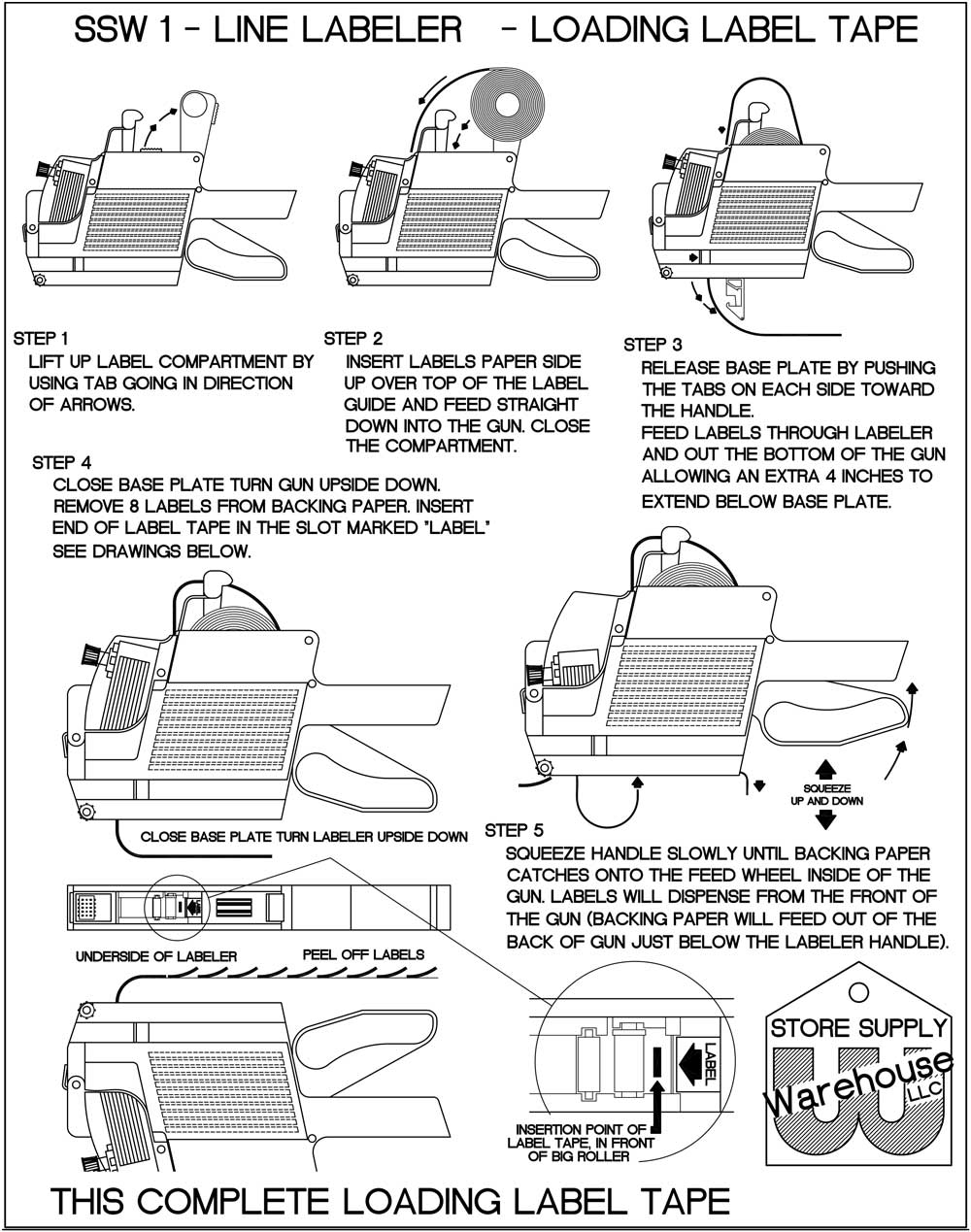





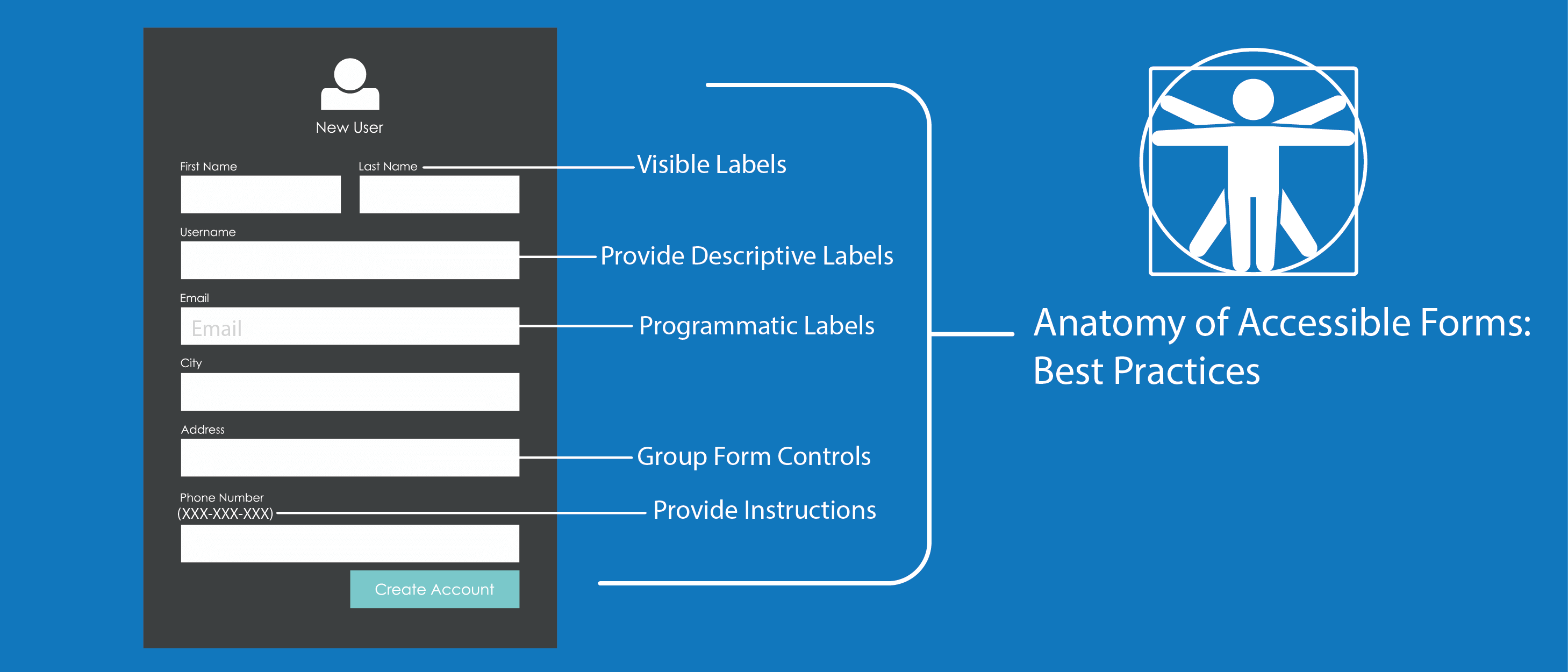

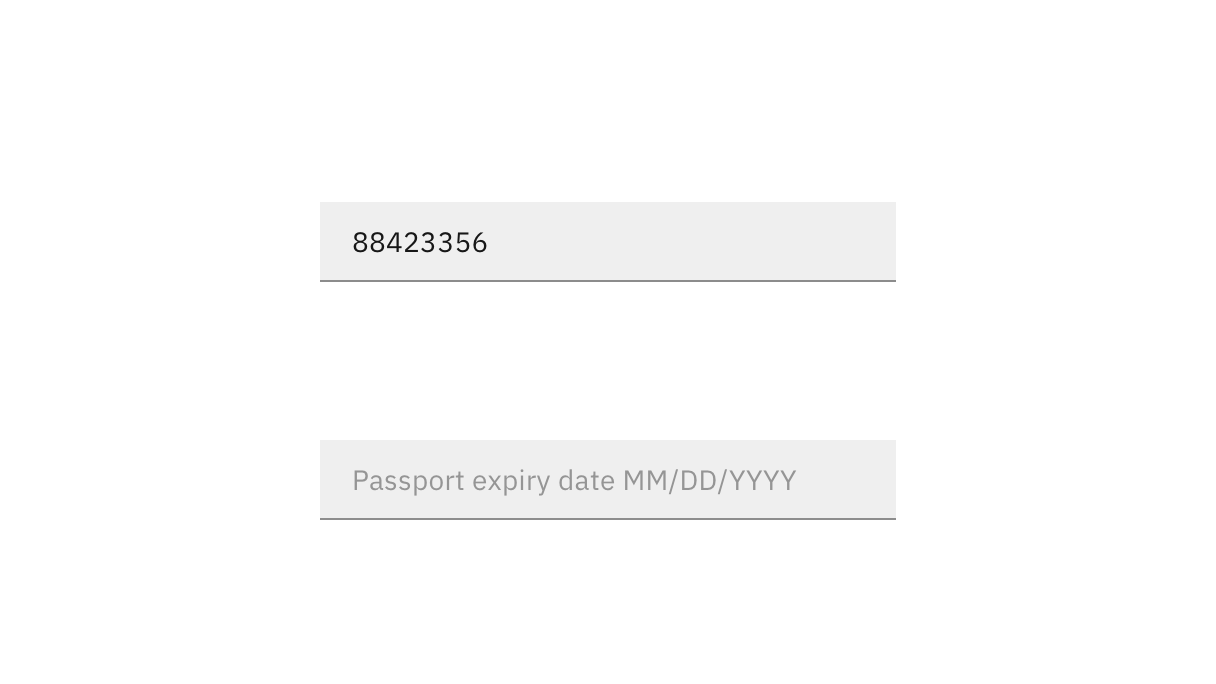

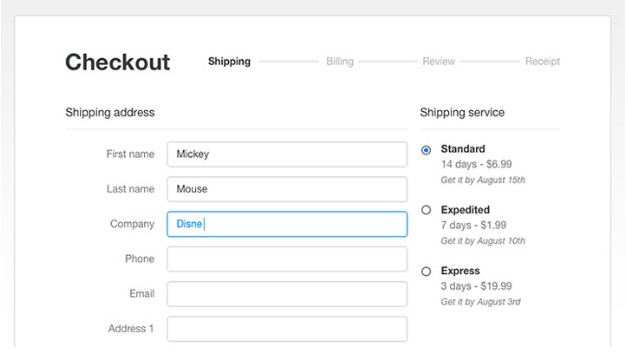


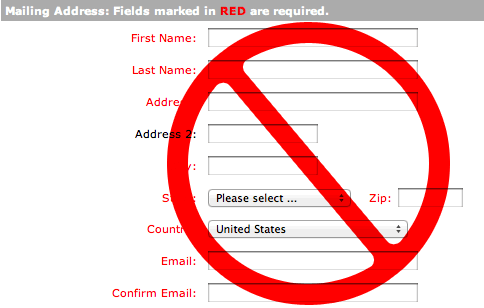




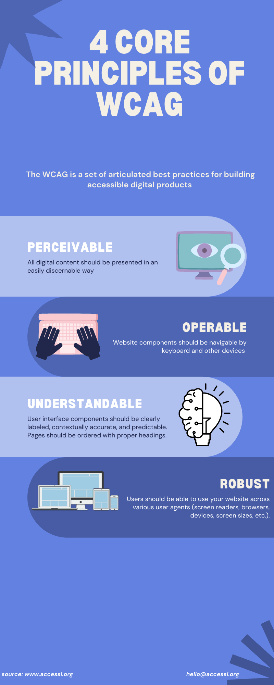











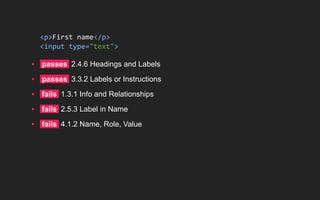
![Implement bulk operation designs [#3070558] | Drupal.org](https://www.drupal.org/files/issues/2022-04-21/popup.png)


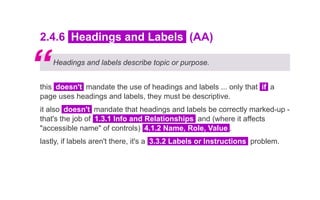


Post a Comment for "42 labels or instructions wcag"